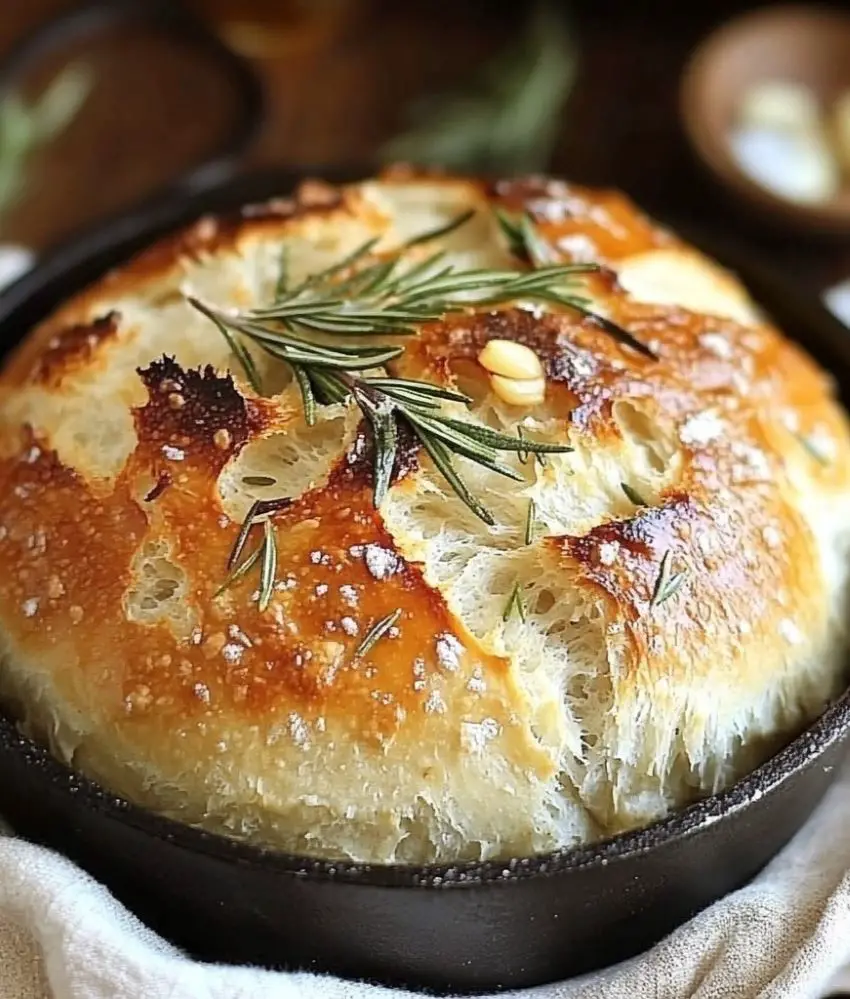Japanese Glass Noodle Soup (Harusame Soup)
If you’re looking for a quick and comforting dish, Japanese Glass Noodle Soup is an excellent choice. Made with tender chicken, vibrant vegetables, and delicate glass noodles, this soup is flavorful and satisfying. Perfect for warming you up on a chilly day, it’s easy to whip up and truly delicious.
What are Glass Noodles?
Japanese glass noodles, known as harusame (春雨), which translates to “spring rain,” are a delightful and versatile ingredient. These noodles are low in calories, fat, and carbohydrates compared to traditional options, making them great for lighter meals without sacrificing heartiness. Their sticky texture can also make any dish feel much more satisfying.
In Japanese cuisine, if a soup contains glass noodles, it’s often simply called harusame soup. While this typical name might sound generic, the types of vegetables and flavors vary widely, allowing for endless culinary creativity.
Today, we’ll be making toriniku to yasai no harusame sūpu (鶏肉と野菜の春雨スープ), which translates to chicken and vegetable glass noodle soup. Whether you’re familiar with Japanese foods or trying out new ingredients, this soup will surely impress!

Ingredients
- 2 chicken tenderloins (approximately 125g/4.4oz)
- ½ tsp salt
- ¼ tsp sugar
- 500ml water
- 1 tbsp cooking sake
Vegetables
- 30g carrot, cut into 3cm/1⅛” long and 3mm/⅛” wide buttons
- 30g shiitake mushrooms, thinly sliced
- 30g snow peas, ends removed
- 15g bean vermicelli, soaked in hot water for 30 seconds, then rinsed in cold water
Flavorings
- 1 tsp Chinese chicken broth powder
- 1 tsp light soy sauce
- A pinch of white pepper
- A pinch of salt (to taste)
- ½ tsp sesame oil
How to Make Japanese Glass Noodle Soup (Harusame Soup)
- Start by removing the tendons from the chicken tenderloins. If you’re unsure how to do this, many resources detail the process of tendon removal.
- Thoroughly rub salt and sugar into the chicken tenderloins and let them sit for 15 minutes. This will help enhance the meat’s moisture. Pat them dry afterward.
- Bring water and cooking sake to a boil in a pot. Add the chicken tenderloins and cook for about 2 minutes, skimming off any scum that surfaces.
- Once cooked, carefully remove the chicken, reserving the broth. Place the chicken on a plate to cool and then shred it into small pieces when manageable.
- Add your prepared carrots and shiitake mushrooms to the broth along with the chicken broth powder, light soy sauce, and white pepper. Bring this mixture to a gentle boil and let it cook for a couple of minutes.
- Next, add in the snow peas, glass noodles, and shredded chicken to the pot. Cook for an additional 30 seconds, stirring gently to combine everything.
- Finally, taste the soup, adjusting the salt if necessary, and drizzle in the sesame oil just before serving.

This delicious soup is surprisingly filling despite being low in calories, and it can be prepared in about 5 minutes once everything’s prepped. Enjoy the light and fresh flavors of this comforting dish!
Frequently Asked Questions
1. What can I substitute for chicken tenderloin?
You can use chicken breast or thighs as substitutes. Chicken breast is leaner, while thighs add a bit more flavor if you’re not worried about calories.
2. Can I make this soup vegetarian?
Absolutely! You can skip the chicken entirely or substitute with tofu or seitan for protein, and still enjoy a delicious soup with the same vegetables and broth.
3. Are there other vegetables I can add?
Yes, feel free to experiment! Other great additions include cabbage, zucchini, green onions, and various mushrooms. Just be sure they complement the flavor of the broth.
4. How can I store leftover soup?
Store any leftovers in an airtight container in the refrigerator for up to 3 days. Reheat gently on the stove to enjoy it again!
5. Is this soup healthy?
Yes! It’s low in calories, fat, and carbohydrates while being rich in protein thanks to the chicken and filling glass noodles.
This rewrite incorporates human-friendly language while maintaining clarity and structure. The addition of both FAQs and further details about the ingredients and instructions makes it more comprehensive and user-oriented.











